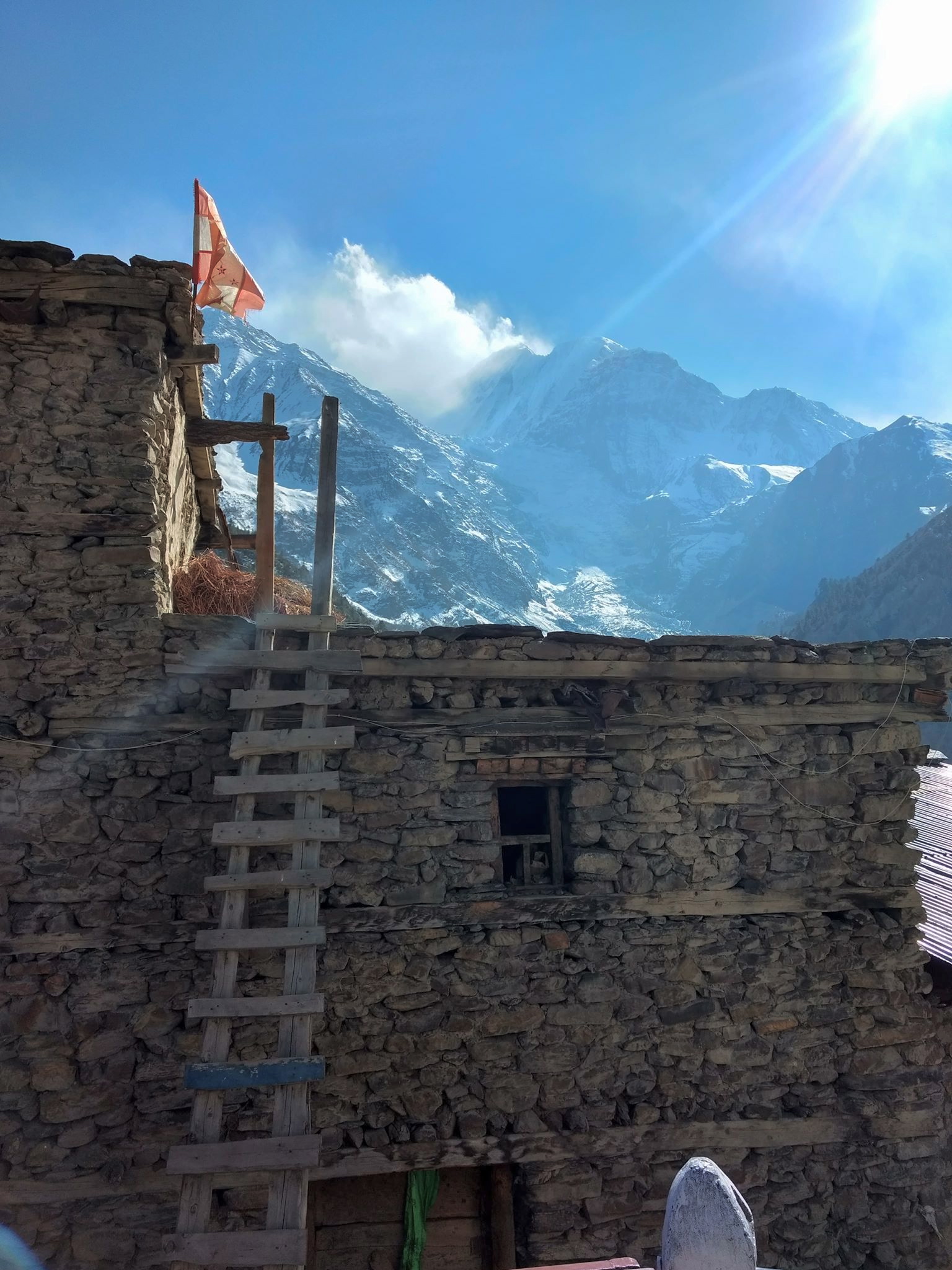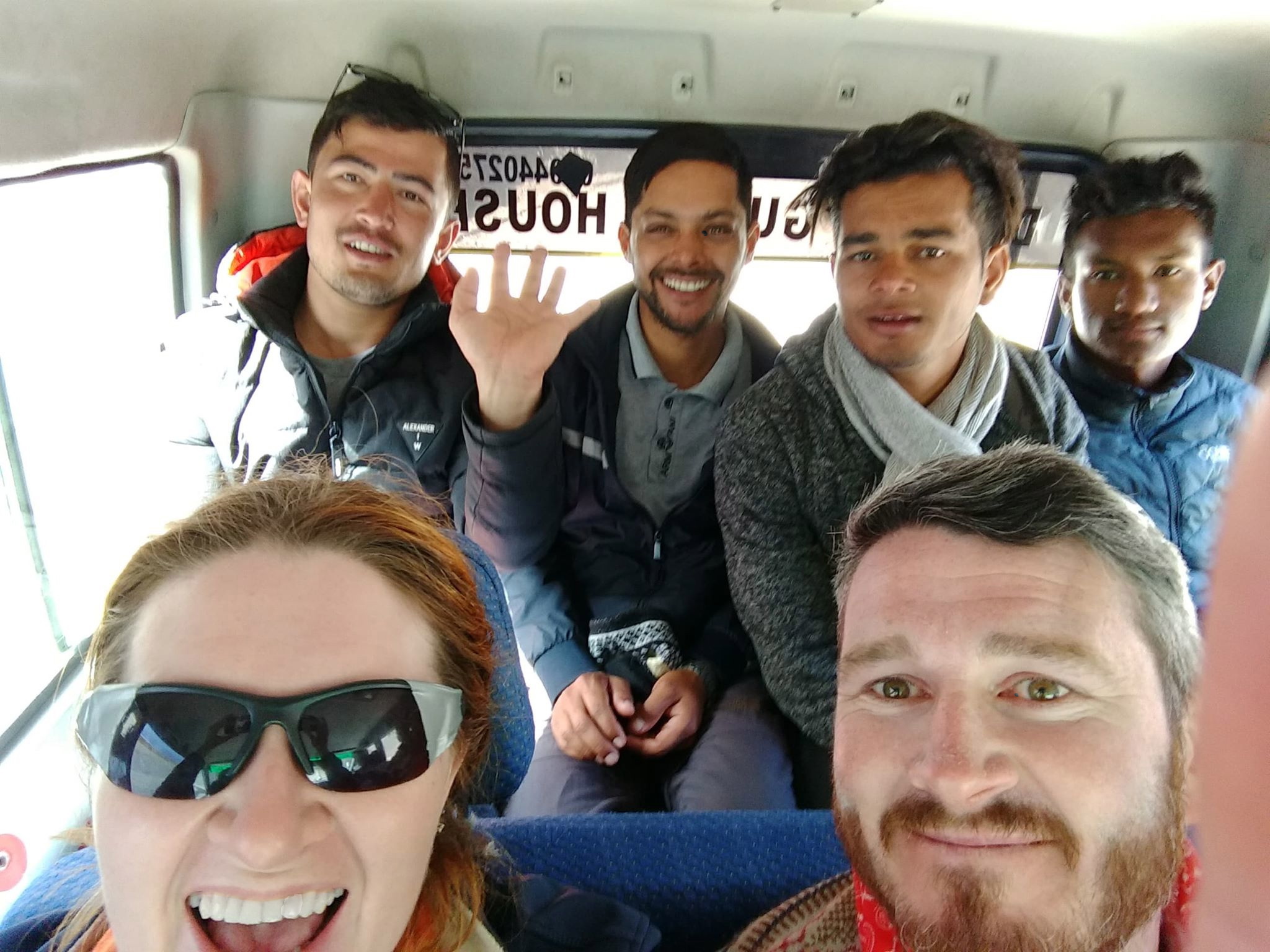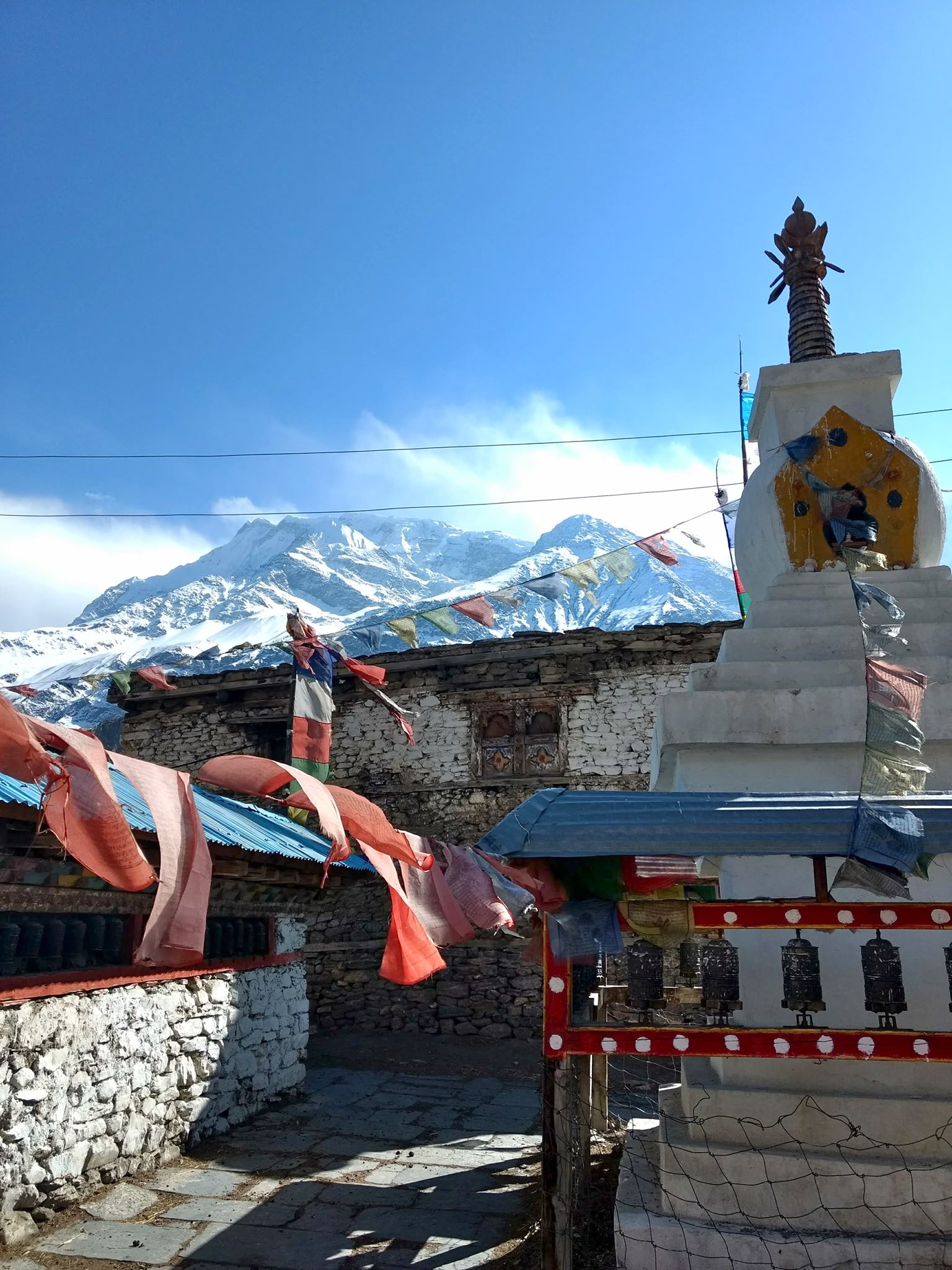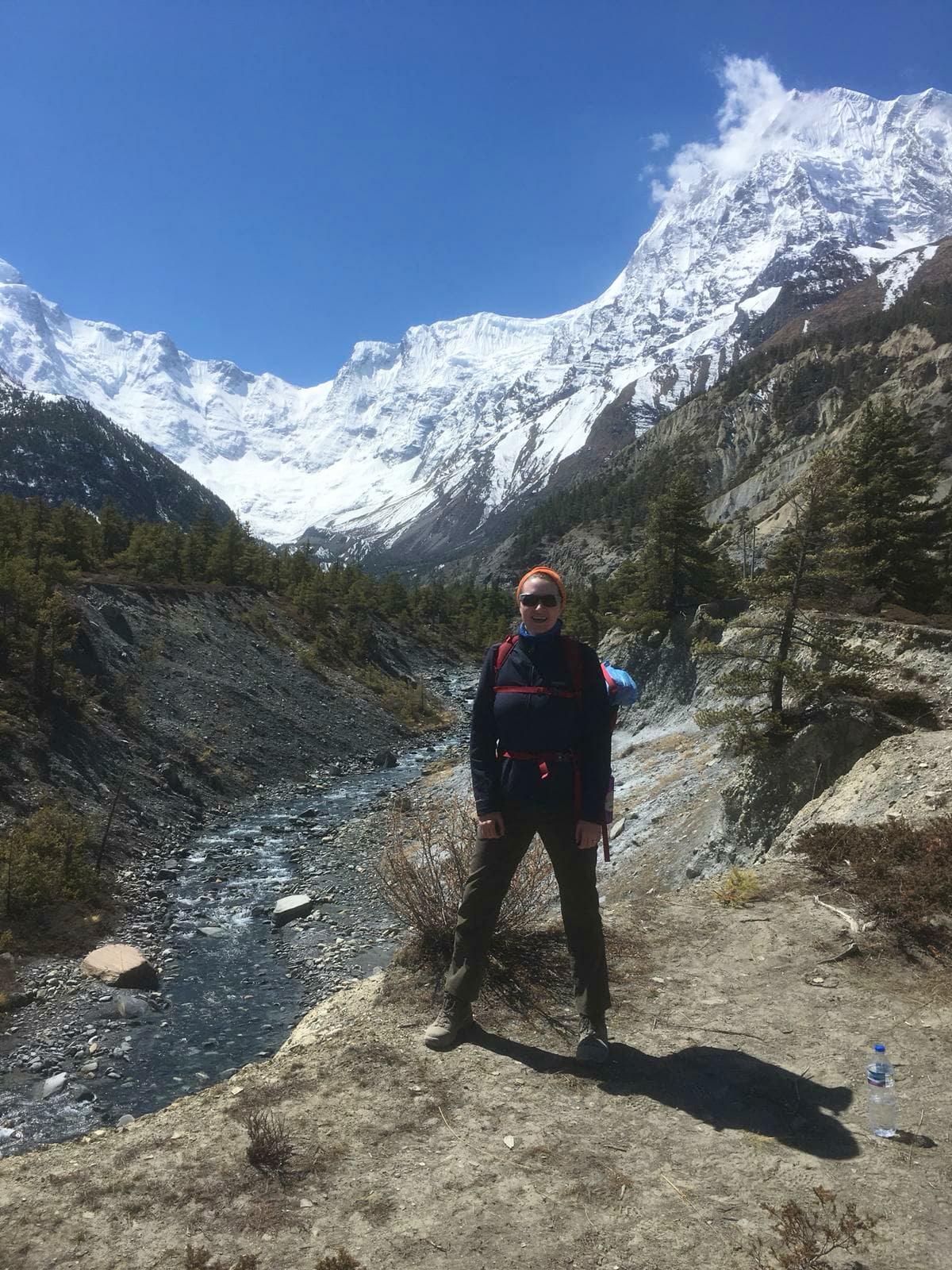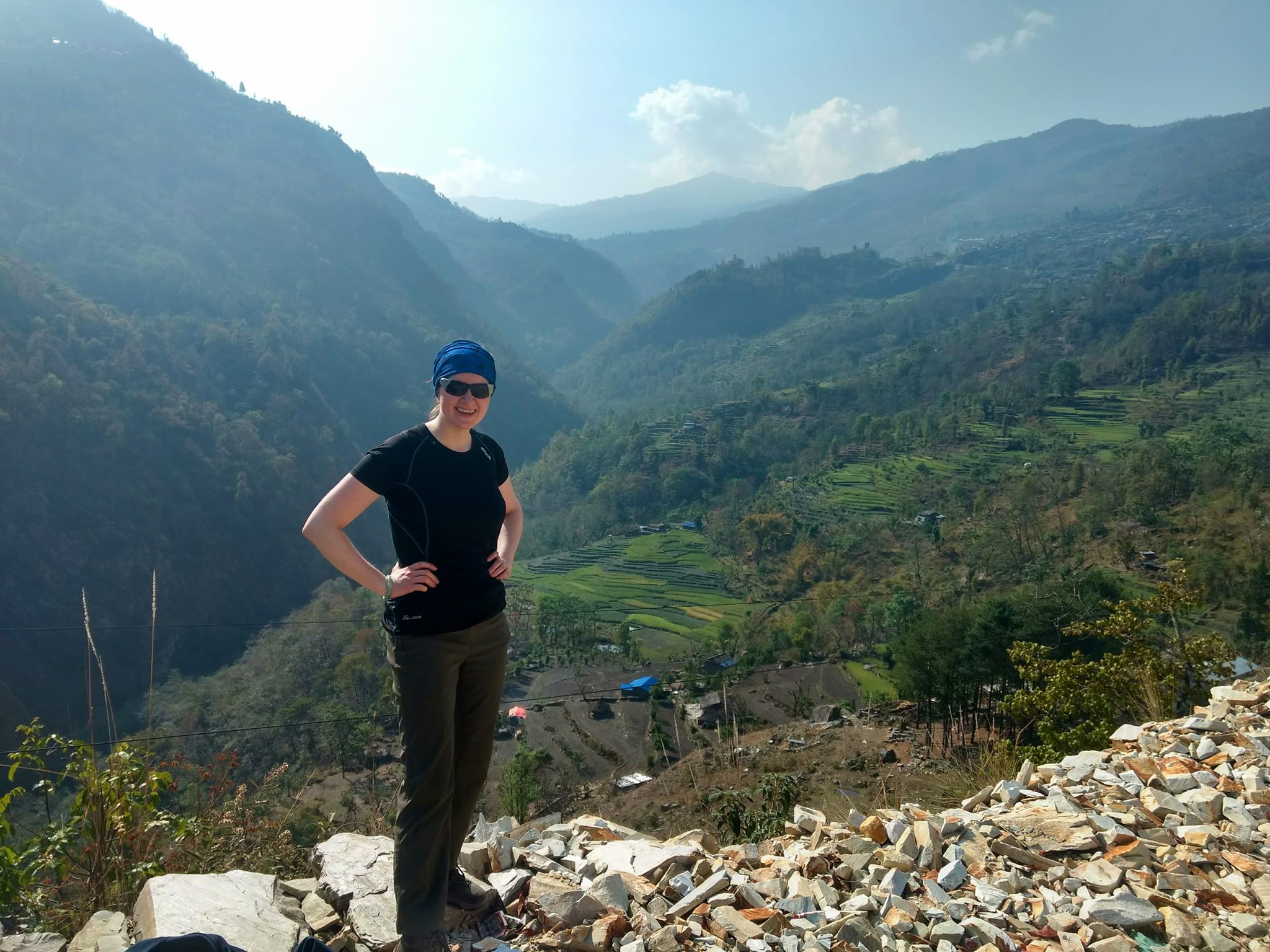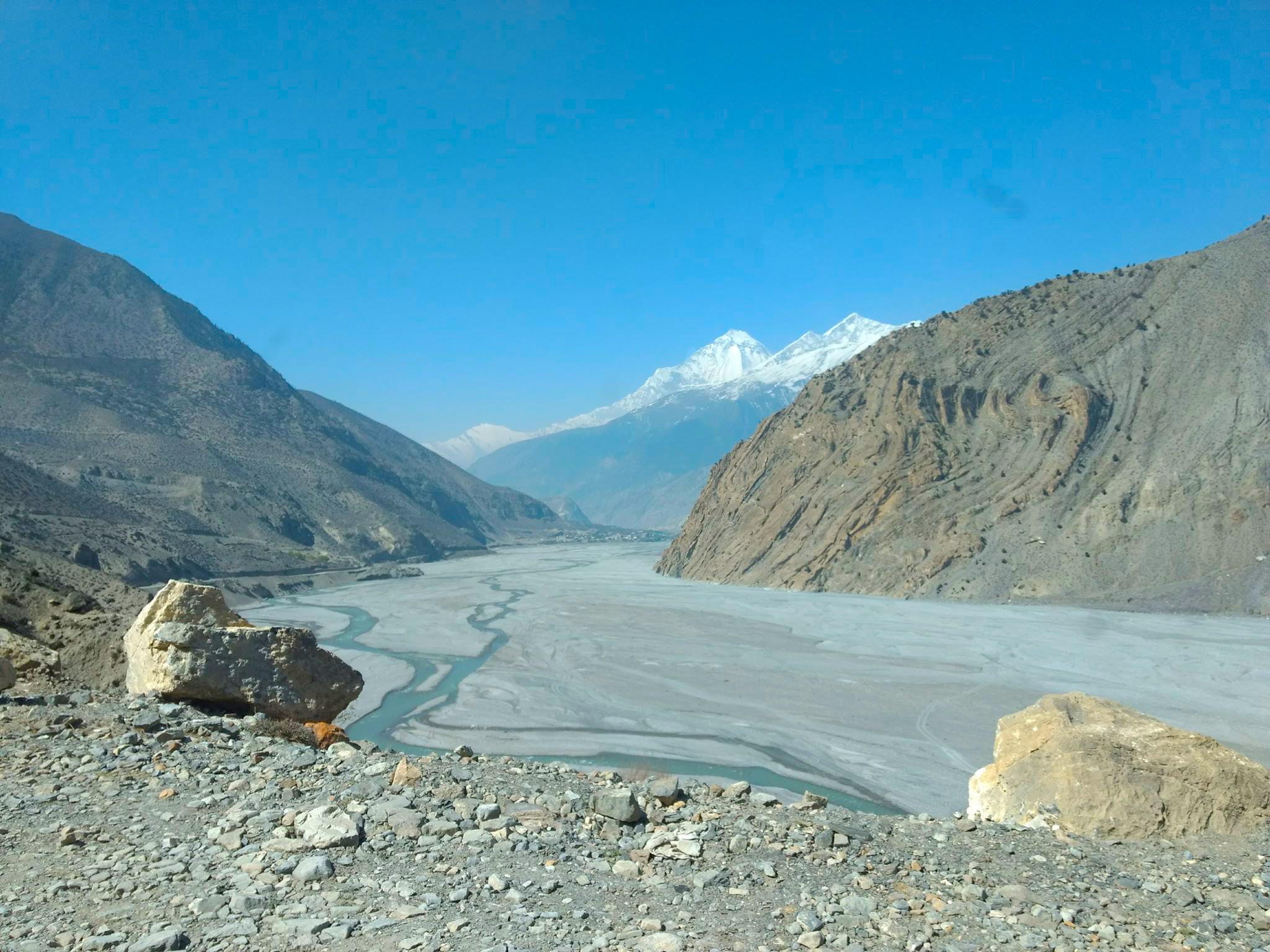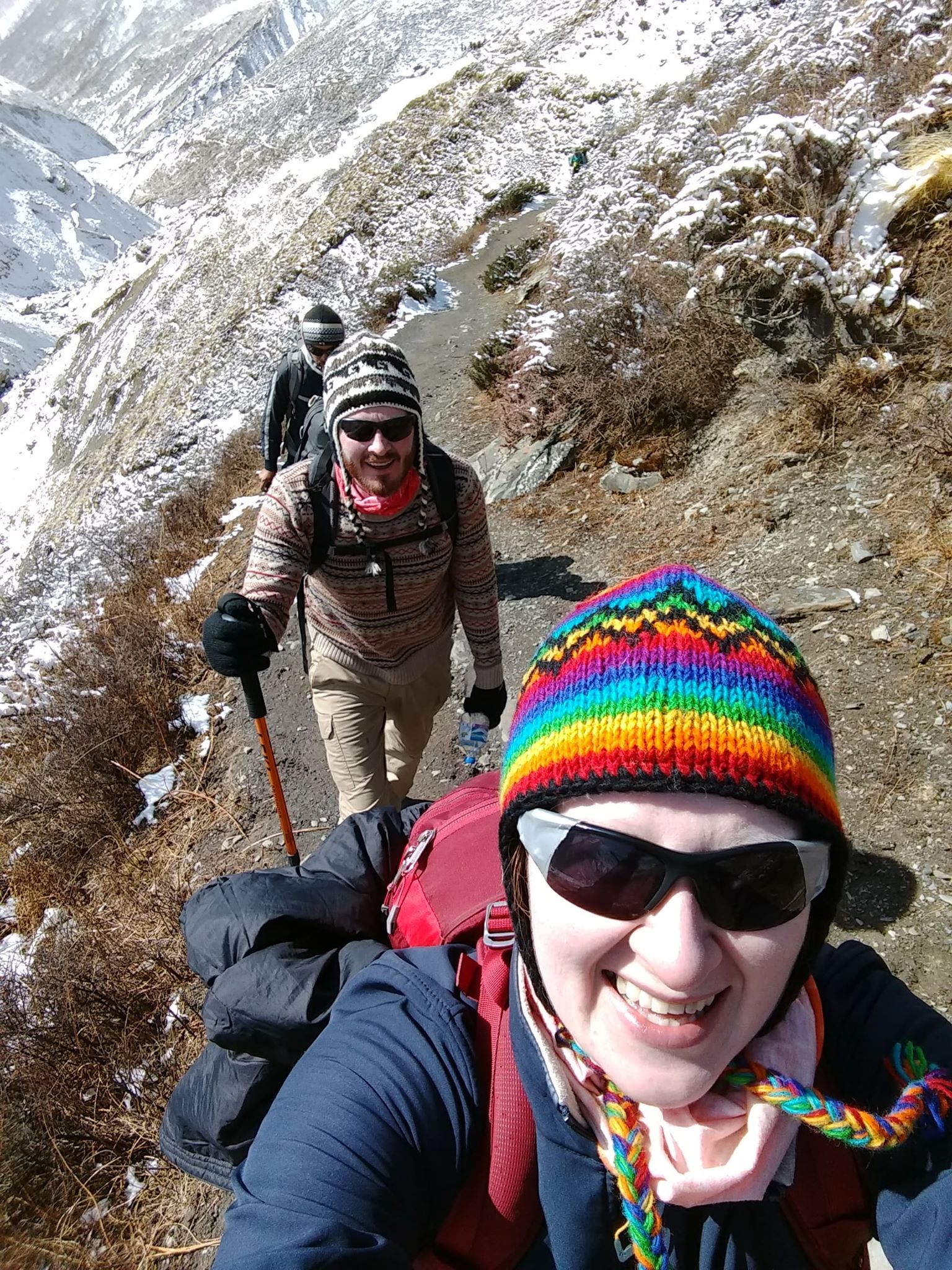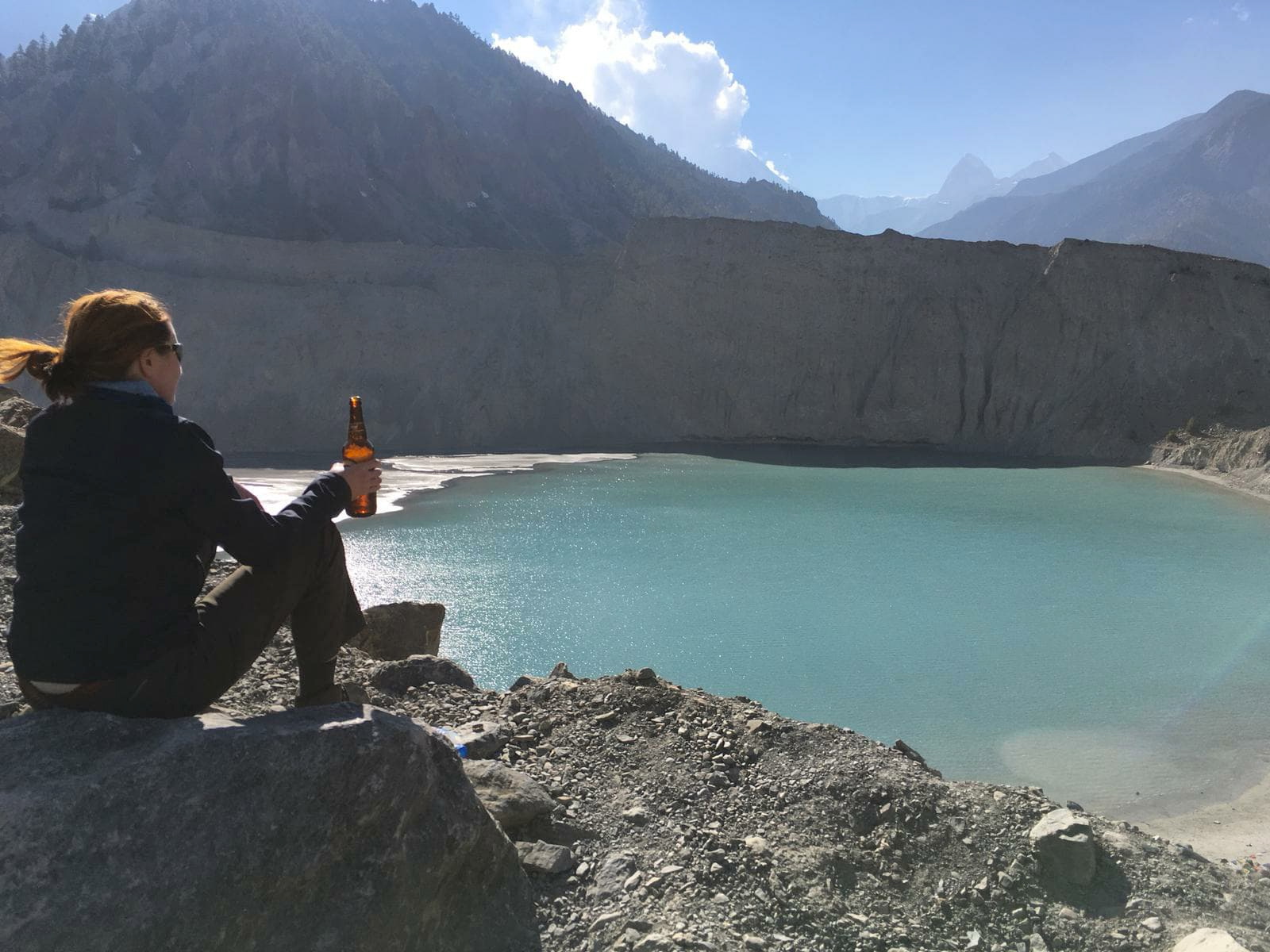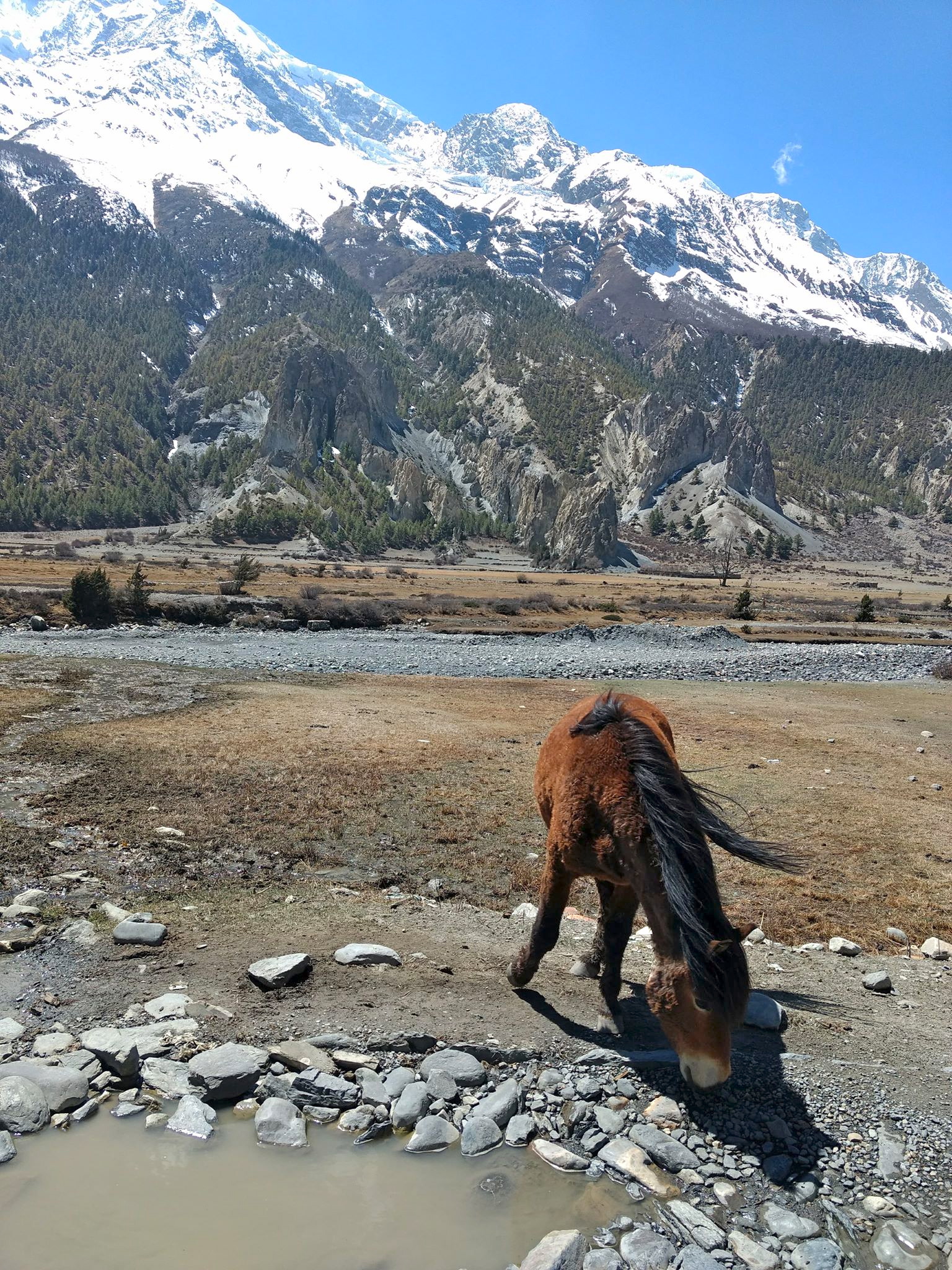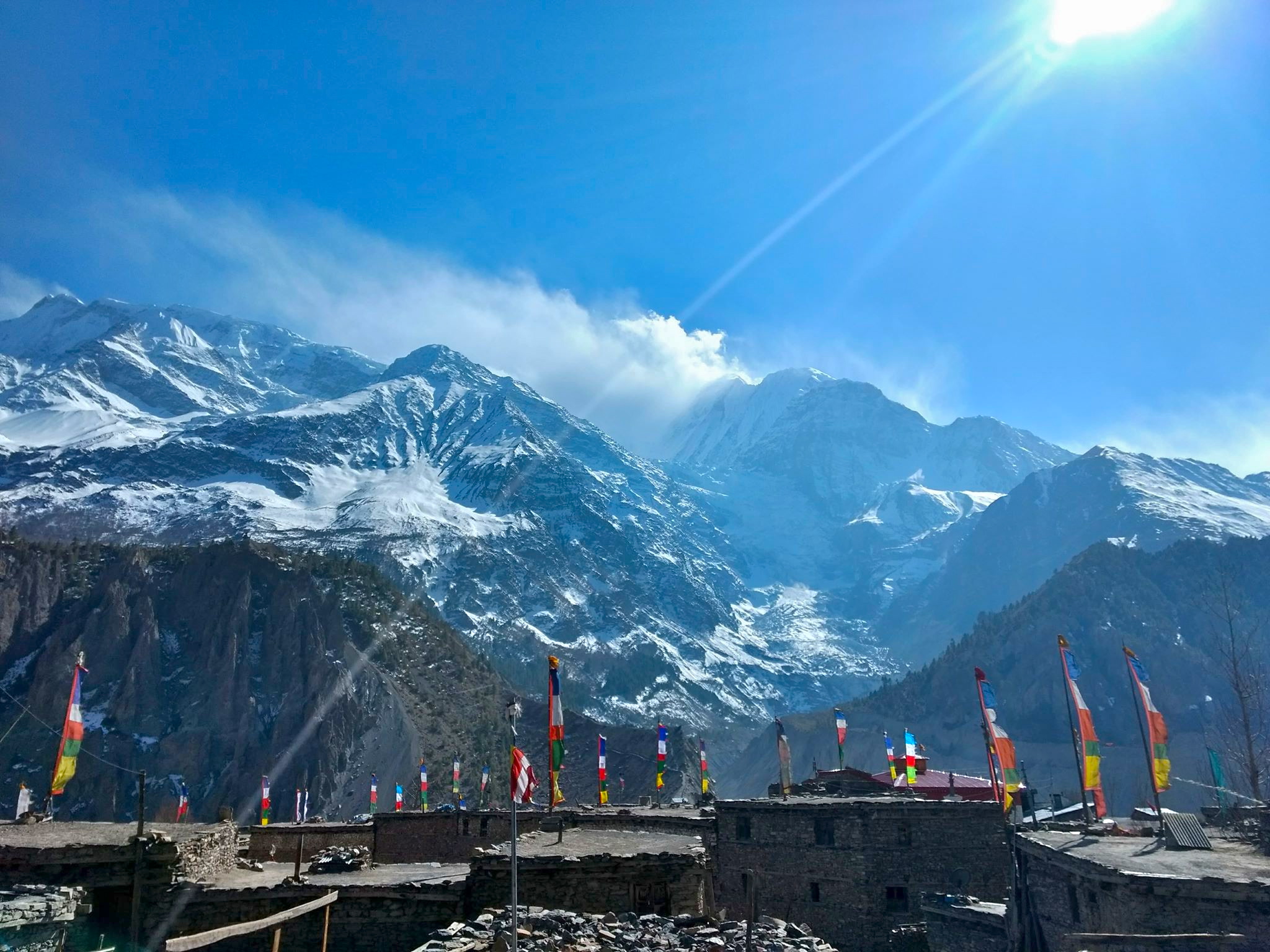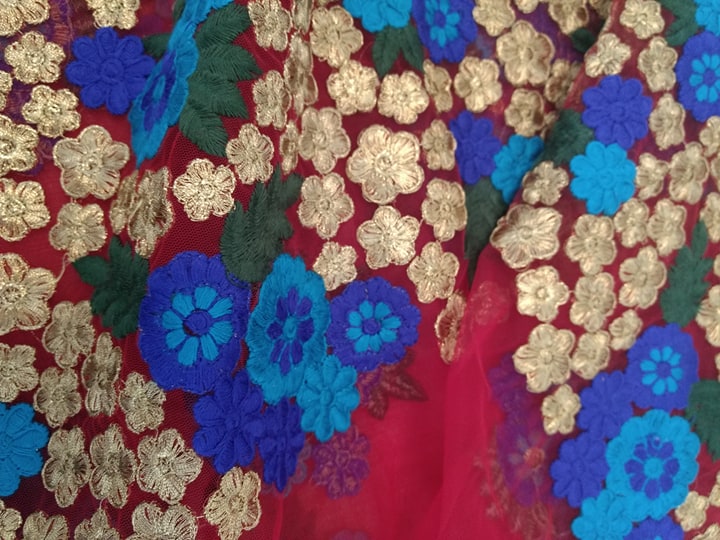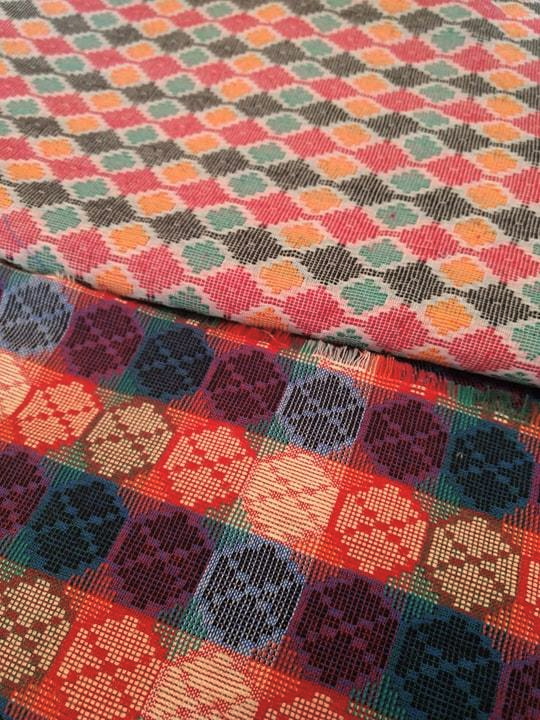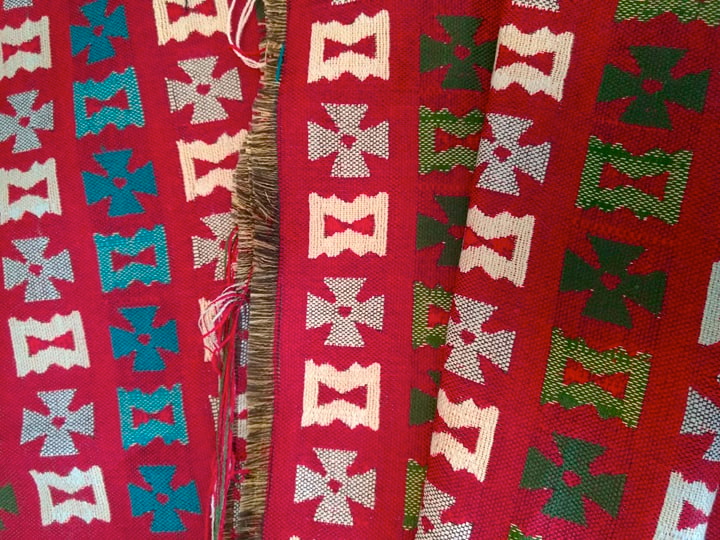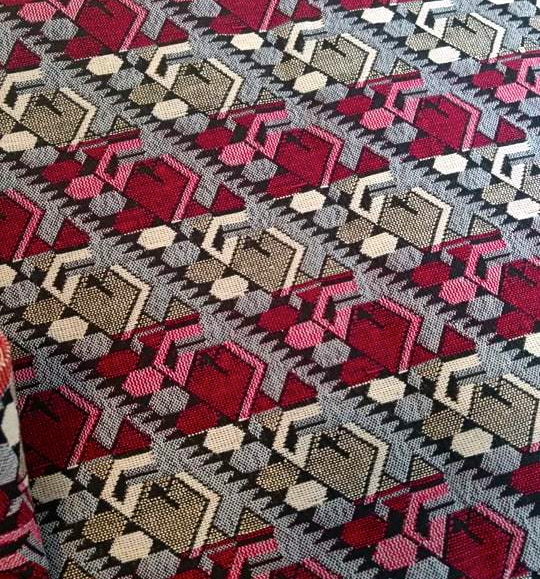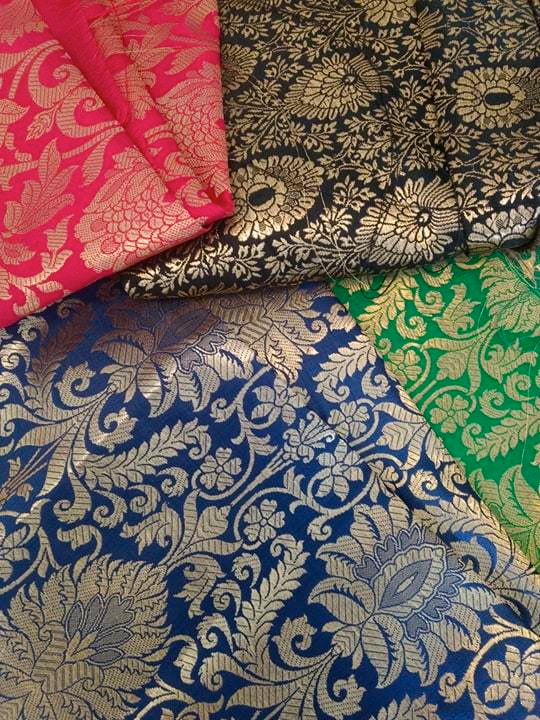Scottish Links in the Himalayas
I am currently looking out my window. The rain pouring down outside. It's one of those grey days that makes you want to stay in. My first few days back in my homeland of the Scottish highlands after spending 3 weeks trekking in Nepal, and I can't help but dream of the crisp clear days surrounded by dramatic mountains in the Himalayas. I had such an amazing time, taking home with me memories I'll never forget. The people, the colour, the peace, the sheer awe of going through the Himalayas each day bringing a completely new landscape. Trekking through ancient woodlands, deserts, rugged barren mountains, rice paddy farmlands and old villages.
A thing that struck me on the first day of arriving was the presence of tartan. I asked my guide why tartan? He assured me that it was a traditional Nepalese fabric that's always been around. I have to say I began to panic, what I knew of tartan was from Scotland, wasn't it? We didn't steal it long ago from the Nepalese and claimed it as our own? After seeing various tartans throughout my trip, I would ask the locals hoping to become enlightened but was confronted with them just trying to sell the fabric to me! Eventually I managed to get some internet wifi in a couple of the larger towns I stayed in, so I researched tartan history in Nepal. Not a whole lot of information out there to be honest, but after looking at old photos of gurkhas and a very few number of blogs, I found it appears to be linked to the Scottish highland army and the Gurkha army. One story that jumps out from back in the 1800's is the 5th Gurkha Rifles & The Seaforth Highlanders, the Gurkha's kit was destroyed in an explosion whilst in Afghanistan. The Seaforth Highlanders gave their heavy coats to the Gurkha's for the cold nights. I think a strong bond was formed, and after years of the Gurkha's fighting alongside the scottish they adopted tartan and also bagpipes are played in Nepal (A Whisky made in Nepal called 'Bagpiper' is meant to be delicious, unfortunately I didn't taste it). For me looking at old army records is not particularly interesting, also my views on military are well...let's just say very anti military. Whatever reason men joined the military back then (if not forced), I see that the Scottish highlanders and the Gurkhas must have had a common connection. For me, going over to Nepal and seeing the local men carrying huge loads on their backs without any sweating while running up the hills, is in some ways how I see past highlanders - living in the hills, running from the redcoats knowing the hills so well as it was always in their blood.
I went fabric shopping whilst in Nepal, picking up various cuts of the Dhaka fabric which is hand woven and originally from the indigenous Limbu people of eastern Nepal. This fabric is very different to anything I've seen. Complicated patterns and colours I believe would combine well with scottish tweed. I also purchased some silks which I'm planning to incorporate as a splash of colour into jackets. For the coming months I'm designing a small collection of work inspired by being among the mountains in the highlands of Scotland and the Himalayas.
Clothing for Summer nights in a dramatic setting....
So for now I'm back to my sketch pad and drafting up patterns, with the distant dream of mountains...
L x
Reference taken from blog - Gurkhas and the Scots
Images of tartan in Nepal on my Pinterest page

